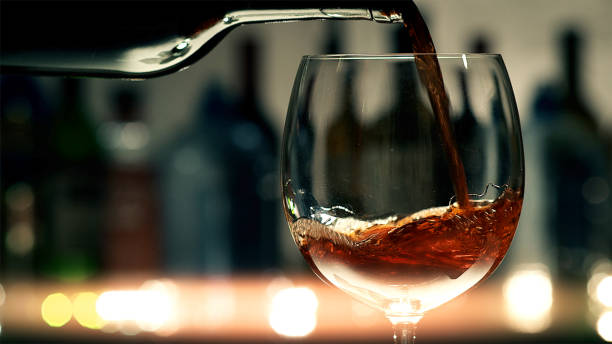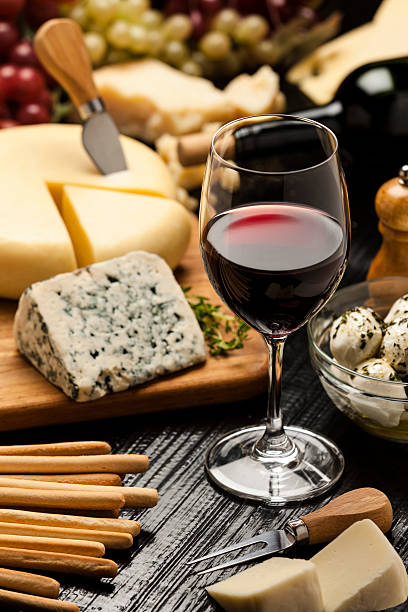In the intricate world of winemaking, every process, from vineyard to bottle, plays a pivotal role in shaping the final product’s characteristics. Among these processes, malolactic fermentation (MLF) stands out as a significant transformation that not only influences the sensory attributes but also affects the chemical composition of wines. In the case of Petit Verdot red wines, understanding the effects of MLF on color stability and phenolic composition is of paramount importance for winemakers striving to craft exceptional wines. This article delves into the intricate relationship between MLF and the color profile, as well as phenolic composition, of Petit Verdot red wines.
Understanding Malolactic Fermentation
Malolactic fermentation is a secondary fermentation process in winemaking, primarily driven by lactic acid bacteria. Unlike alcoholic fermentation, which converts sugars into alcohol, MLF converts malic acid into lactic acid and carbon dioxide. This process typically occurs after alcoholic fermentation, although it can sometimes overlap. While MLF is not essential for all wines, it is particularly common in red wines and is often desired for its impact on flavor, mouthfeel, and stability.
Effects on Colour Stability
Color stability is a critical aspect of red wine quality, influencing both aesthetics and perceived quality. The color of red wines is primarily derived from phenolic compounds, notably anthocyanins and tannins. These compounds contribute to the wine’s hue, intensity, and overall visual appeal. MLF can have both direct and indirect effects on color stability.
One direct effect of MLF on color stability is the degradation of anthocyanins. Malolactic bacteria produce enzymes that can degrade these pigments, potentially leading to a loss of color intensity over time. However, the extent of this degradation varies depending on factors such as the strain of bacteria involved, the timing of MLF, and winemaking practices.
Indirectly, MLF can impact color stability by altering the chemical environment of the wine. For example, MLF reduces the concentration of malic acid, leading to a higher pH and lower acidity. These changes can influence the stability of anthocyanins and other color compounds, affecting their ability to bind with other molecules and remain in solution.
Research suggests that the timing of MLF may also play a role in color stability. Some studies have found that wines undergoing simultaneous MLF and alcoholic fermentation exhibit better color stability than those undergoing MLF after alcoholic fermentation. This phenomenon may be due to interactions between yeast and bacteria during co-fermentation, which could affect pigment extraction and stabilization.
Phenolic Composition
Phenolic compounds are key determinants of red wine quality, contributing to aspects such as color, mouthfeel, and aging potential. In Petit Verdot red wines, phenolic composition is particularly significant due to the grape variety’s inherently high levels of tannins and color compounds. MLF can influence the phenolic profile of wines through various mechanisms.
One way MLF affects phenolic composition is by altering the structure and concentration of tannins. During MLF, lactic acid bacteria produce enzymes that can hydrolyze tannins, potentially leading to softer, smoother tannins in the finished wine. Additionally, MLF can promote polymerization of tannins, which can contribute to increased mouthfeel and perceived complexity.
MLF also influences the concentration of phenolic precursors, which can impact the development of desirable aroma and flavor compounds during aging. For example, MLF can increase the concentration of volatile phenols, which are precursors to aroma compounds such as ethylphenols and volatile fatty acids. These compounds can contribute to the wine’s aroma complexity and enhance its overall sensory profile.
Furthermore, MLF can affect the concentration of non-phenolic antioxidants, such as glutathione and ascorbic acid, which play a role in protecting wine from oxidation and preserving its freshness. By reducing the concentration of oxygen-sensitive phenolic compounds, MLF may indirectly contribute to improved wine stability and longevity.
The effects of malolactic fermentation on the color stability and phenolic composition of Petit Verdot red wines are multifaceted and complex. While MLF can lead to changes in color intensity and phenolic profile, the extent and direction of these changes depend on various factors, including the timing of MLF, the strain of bacteria involved, and winemaking practices. By understanding the intricacies of MLF and its impact on wine quality, winemakers can make informed decisions to achieve their desired style and optimize the sensory characteristics of Petit Verdot red wines.




